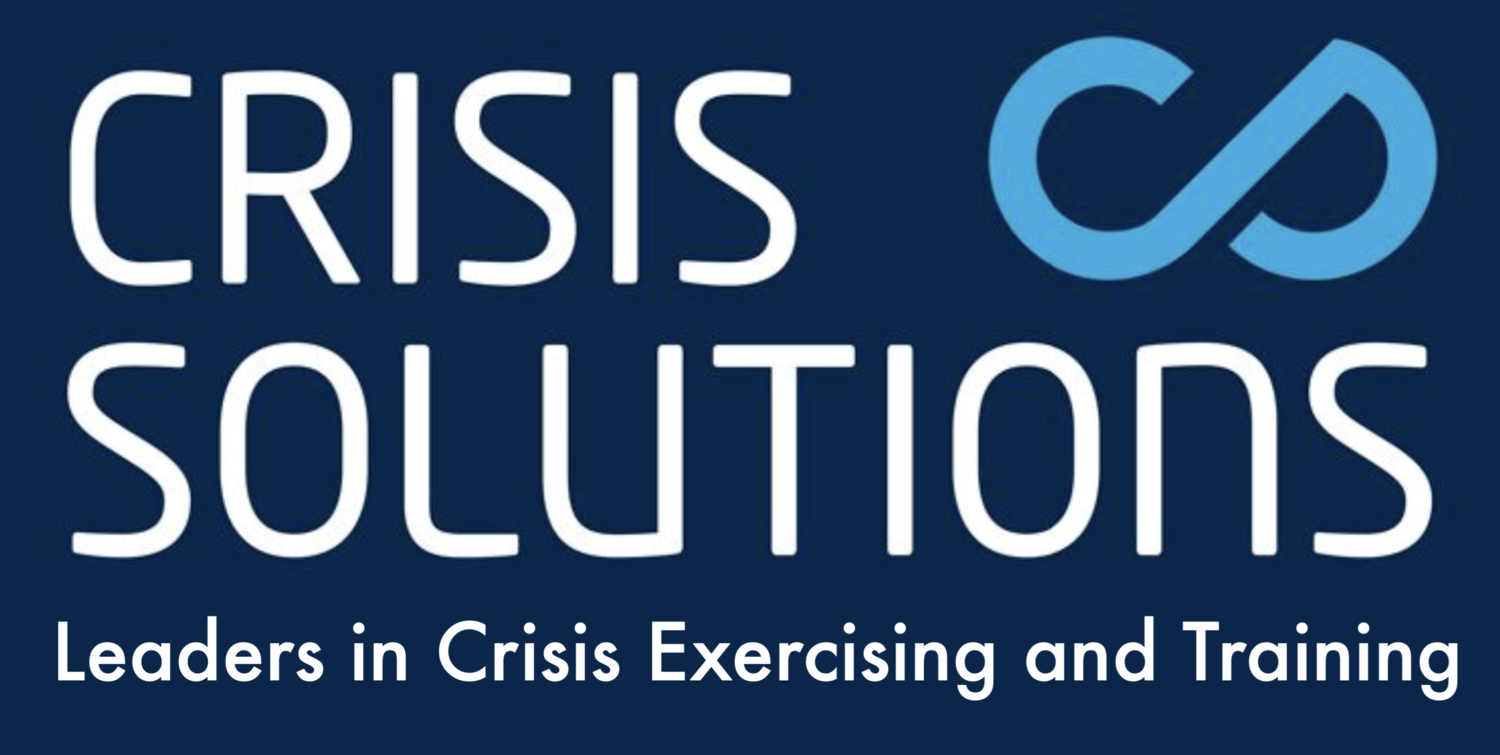Psychological safety in a crisis team
In his excellent book ‘Rebel Ideas: The power of diverse thinking’ Matthew Syed discusses how having a variety of personalities, cultures and beliefs in a team multiplies the number of ideas and approaches that team can explore. He also discusses how, to make this possible, all members of the team must feel ‘psychologically safe’ to voice their ideas, fears and doubts.
Of course it’s easy to see how this can be applied when a team is, for example, in a meeting to decide the name of a new product. But what about in a crisis? Many crisis management tools and techniques are derived from military training, the fundamentals of which call for a clear and rigid command and control structure. Rigid hierarchy is enforced and the questioning of seniors discouraged. Does this mean that the very way we run crises removes psychological safety from team members, stifling their ability to question incorrect decisions?
One of the case studies in Syed’s book is the 1996 Everest disaster where eight people died during severe storms. One of the points Syed makes is that team members were specifically told not to question the team leader, this despite the fact, as it transpired, that some team members had more up-to-date situational information or specialist knowledge than those leading the party. Presumably the team leaders had put the rules in place to try and avoid confusion in a crisis, but the result was imperfect decision making and a tragic end.
In summary, crisis teams must have a clear leader, able to make quick decisions under time pressure. However, to be truly effective the crisis team must be made up of diverse thinkers, unafraid of voicing their opinions and ideas.

